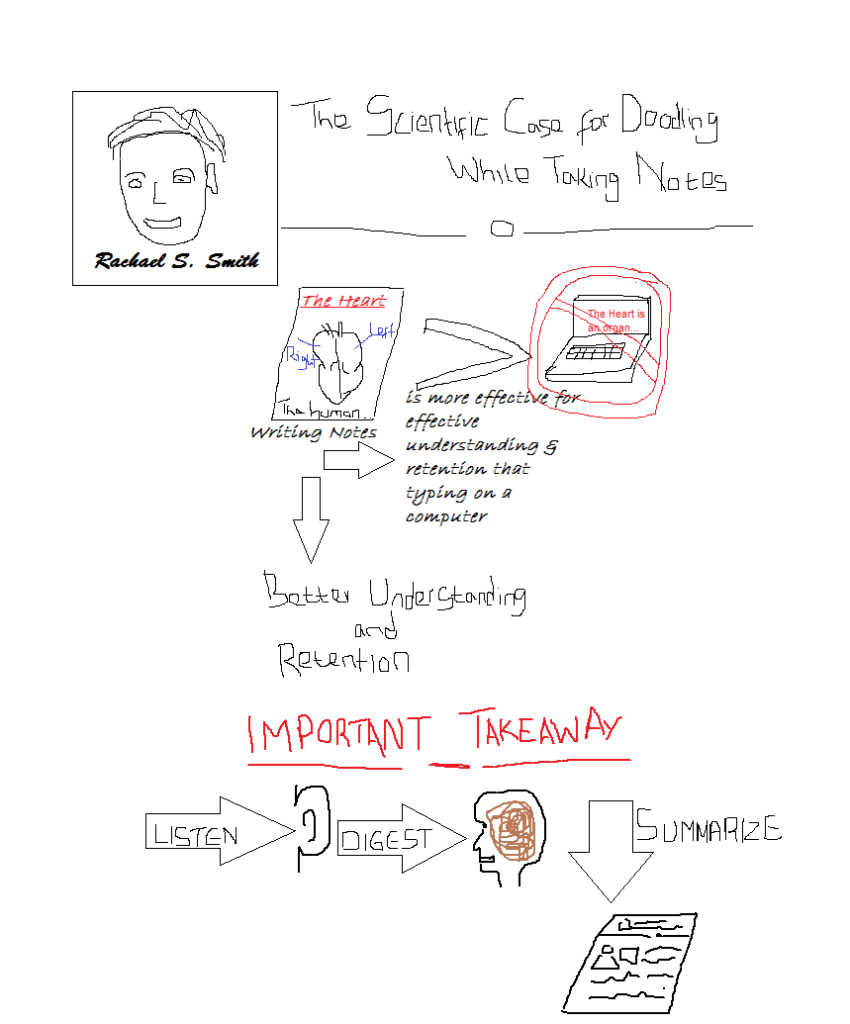The Bad News game follows the segmenting principle of multimedia learning. Segmenting principle asserts that people learn better from short, user paced sections than from continuous units (Mayer, 2014). The game breaks its content into smaller chunks and allows users to stop, reflect and address questions when ready. This principle is critical in managing essential processing. The game further follows contiguity principle which asserts that “people learn better when corresponding words and pictures are presented near to each other and simultaneously” (Mayer, 2014). While playing the game, I noted that the game uses pictures in form of memes to explain concepts discussed earlier. This feature reduces extraneous processing and makes the topic easier to understand. However, the game does not follow the Modality principle which asserts that “people learn better from graphics and narration than from graphics and text” (Mayer, 2014). In essence, the game lacks narration, and only uses graphics and texts. Narration is preferable to written text which has been largely used in the Bad News Game.

The Dual Coding Theory relates to Sketchnoting. The theory asserts that the brain process information using the verbal and visual primary channels. The eyes take in pictures and the ears take in sounds. In sketching, students listen and digest images and sounds and summarize them in their own ways that allows them to understand and recall the information. Sketching follows the redundancy principle which states that “people learn better from graphics and narration than from graphics, narration and printed text” (Mayer, 2014). This is aligned to the Dual Coding theory which asserts that the visual channel takes in both images and texts, thus using both simultaneously overwhelms the visual channel and leads to cognitive overload. Sketching is helpful in understanding and recalling information through listening, digesting and summarizing. The EDCI 337 uses reflective blogging as an active learning method.

Reference
Mayer, R. E. (2014). Principles based on social cues in multimedia learning: Personalization, voice, image, and embodiment principles. The Cambridge handbook of multimedia learning, 16, 345-370.